Which of the Following is Recommended Maintenance for an Inboard Boat? Essential Tips and Guidelines
Welcome to the nautical world where keeping your vessel shipshape is more than just a catchy phrase – it's a way of life! Today, we're diving deep into the often-overlooked but crucial topic of inboard boat maintenance. Imagine this: You're out on the water, the sun is shining, and the breeze is perfect.
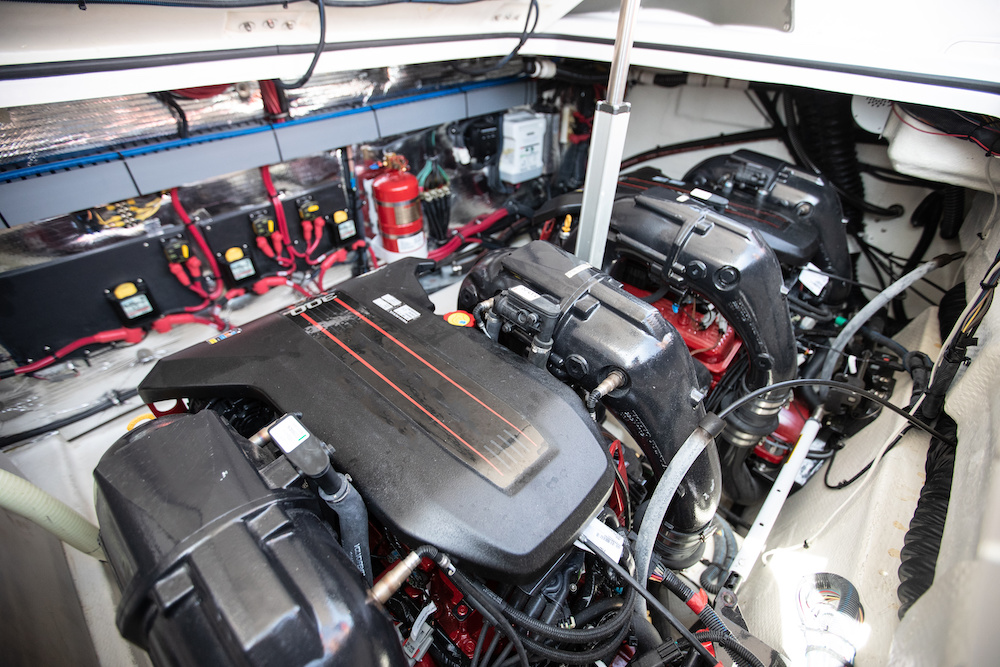
But just as you're about to bask in the glory of the perfect day, your boat sputters and groans. Why? Poor maintenance, that's why! So, before you find yourself stranded in the middle of a great expanse of water, wishing you had paid more attention to the inner workings of your aquatic companion, let's explore what you really need to do to keep your inboard boat not just afloat, but thriving.
In this blog post, we're not just skimming the surface; we're going in-depth. From the engine room to the propeller, we'll cover the essential maintenance tips that are as vital as the captain's hat on your head. Think of this as your treasure map, leading you to the hidden gems of inboard boat care. So, grab your tools and your sense of adventure, because maintaining your boat can be as exhilarating as discovering a new cove or mastering a tricky sail maneuver. Let's set sail into the world of inboard boat maintenance – where the real magic happens below deck!
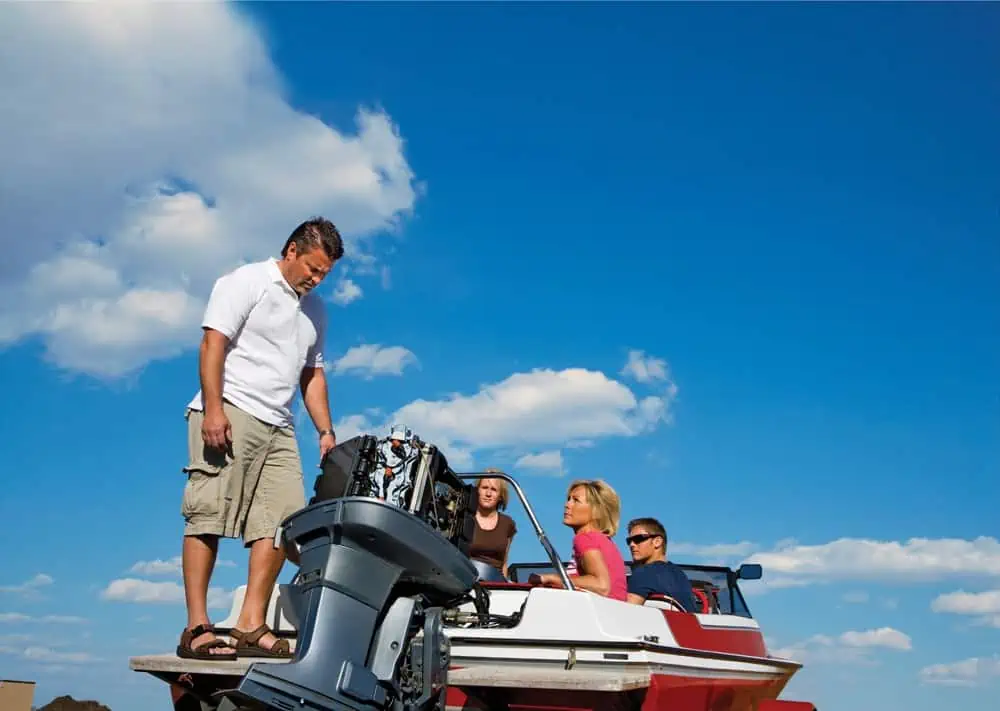
Key Takeaways
- Regular maintenance is vital for inboard boats to ensure optimal performance and prevent potential issues
- Basic maintenance tasks include changing engine oil, inspecting components, and winterizing the boat
- Proper preventative measures and timely repairs are necessary for extending the life of the boat
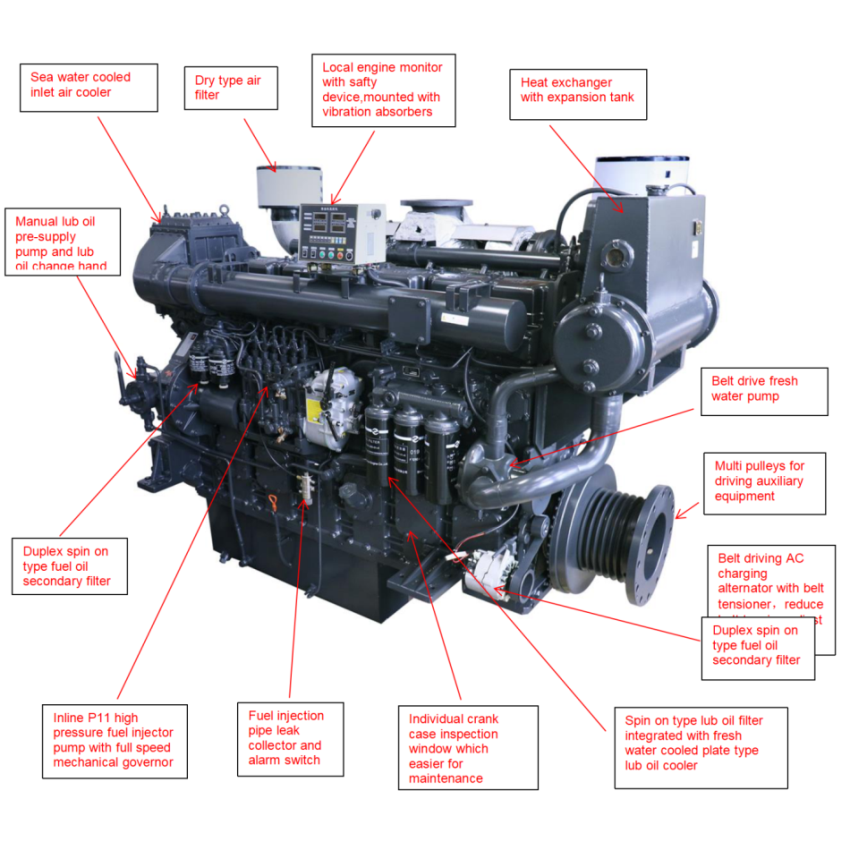
Understanding Inboard Boats
Inboard boats are a popular choice among boating enthusiasts due to their advantages over outboard boats, such as superior handling, increased interior space, and in some cases, better fuel efficiency. They come in various sizes and offer varying levels of power depending on the needs of the individual owner.
These boats are characterized by their engine placement, with the motor located inside the hull rather than hanging off the transom as in outboard boats. This design feature contributes to the increased maneuverability of inboard boats, as the engine weight is centered towards the middle of the craft, resulting in a lower center of gravity.
The power of an inboard boat's engine is determined by factors such as horsepower and torque, which are essential for boaters who engage in water sports activities such as wakeboarding and waterskiing. In addition to the motor, inboard boats are equipped with components such as shafts, propellers, and rudders that assist in steering and propulsion.
Maintenance is crucial for the longevity of inboard boats' engines and components. Routine inspections can alert you to potential issues and allow for necessary interventions before problems turn into costly repairs. Some of the recommended maintenance for inboard boats includes changing engine oil, checking fluid levels, and inspecting hull zincs.
In comparison to outboard boats, inboards often provide more interior space and a smoother ride, due to the centralized weight distribution. While inboard boats generally require more maintenance than their outboard counterparts, the benefits they provide – handling, power, and space – can make them an attractive option for a wide range of boating enthusiasts.
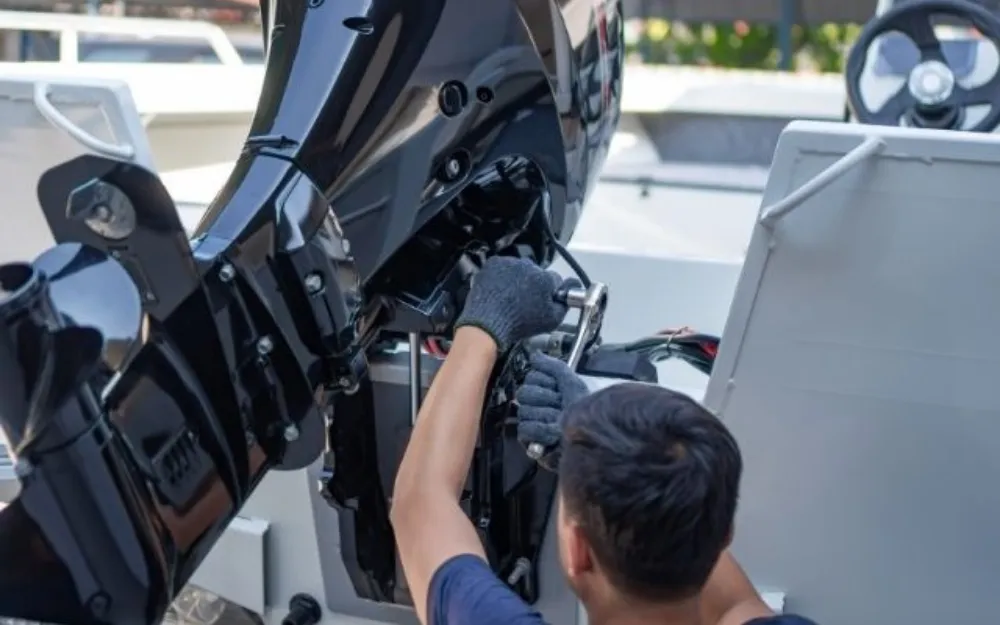
The Importance of Regular Maintenance
Proper maintenance of an inboard boat is crucial to ensure optimal performance and longevity. Regular upkeep not only maintains the boat's value but also helps avoid costly repairs in the future. A comprehensive approach towards inboard boat maintenance can be the difference between having a reliable asset and burden.
One of the most important aspects of inboard boat maintenance is checking engine oil and fluid levels. This is the best way to keep your boat running smoothly. Regularly inspecting and changing engine oil ensures that your inboard boat's engine components are lubricated and cooled properly. Additionally, checking fluid levels like coolant, transmission fluid, and steering fluid minimizes the risk of component failure, leading to expensive repairs.
Addressing leaks is another essential part of inboard boat maintenance. The bilge, which collects water from various engine-related leaks, should be regularly inspected and drained. Leaks from steering cables, oil, and fuel can lead to costly repairs if left unaddressed. Furthermore, eliminating these leaks can improve the boat's environmental footprint as it prevents water pollution.
Lastly, keeping your inboard boat clean and well-maintained inside and out is crucial for optimal performance. Removing algae, barnacles, and other marine growth from the hull reduces drag, improving fuel efficiency and cruising speed. Similarly, cleaning the interior and upholstery prevents mold and mildew buildup, maintaining the value and aesthetic appeal of the boat.
In conclusion, regular maintenance ensures that inboard boats deliver maximum performance and maintain their value while avoiding costly repairs. Being proactive and addressing potential problems before they escalate reduces the overall upkeep expenses and enhances the boating experience.
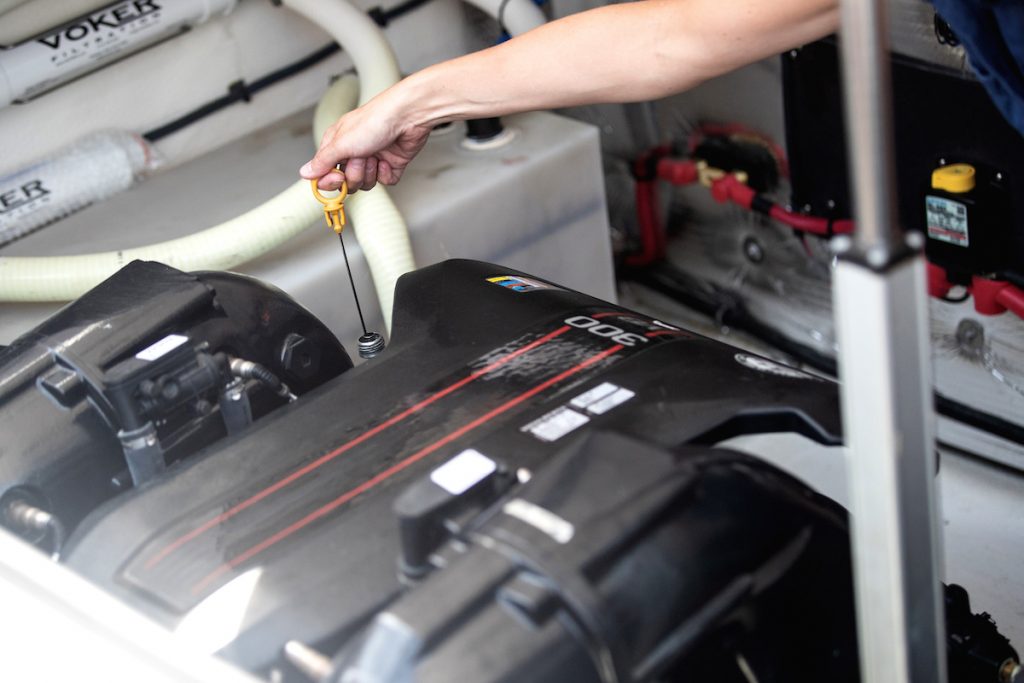
Basic Inboard Boat Maintenance
Changing the Oil
Regularly changing the oil in your inboard boat is essential for maintaining the motor's performance and ensuring fuel efficiency. It is recommended to change the oil every 50 hours of use, or at least annually (source). Don't forget to replace the oil filter as well, as a dirty filter can impact engine performance.
Flushing the Engine
Proper engine maintenance involves regularly flushing the engine with cleaning fluid to remove saltwater, sand, and other debris. Engine flushing helps prevent corrosion and maintains engine performance. It's especially important to perform this maintenance if you use your boat in saltwater, as salt can be quite corrosive and damage your boat's components over time.
Washing the Boat
Keeping your boat clean is not only about aesthetics but also contributes to its longevity. Regularly washing your boat prevents the buildup of dirt, algae, and other substances that can harm the hull and other surfaces. Use a gentle brush and mild soap to clean surfaces, paying particular attention to areas such as the waterline and the bottom of the boat. Remember to rinse thoroughly with fresh water.
Checking Fluid Levels
Regularly checking fluid levels is an essential part of inboard boat maintenance. Make sure to inspect the levels and conditions of engine oil, coolant, and transmission fluid. Low fluid levels or discolored fluids may indicate leaks or other issues that need to be addressed. Maintaining proper fluid levels ensures smooth operation and helps prevent expensive repairs in the future.
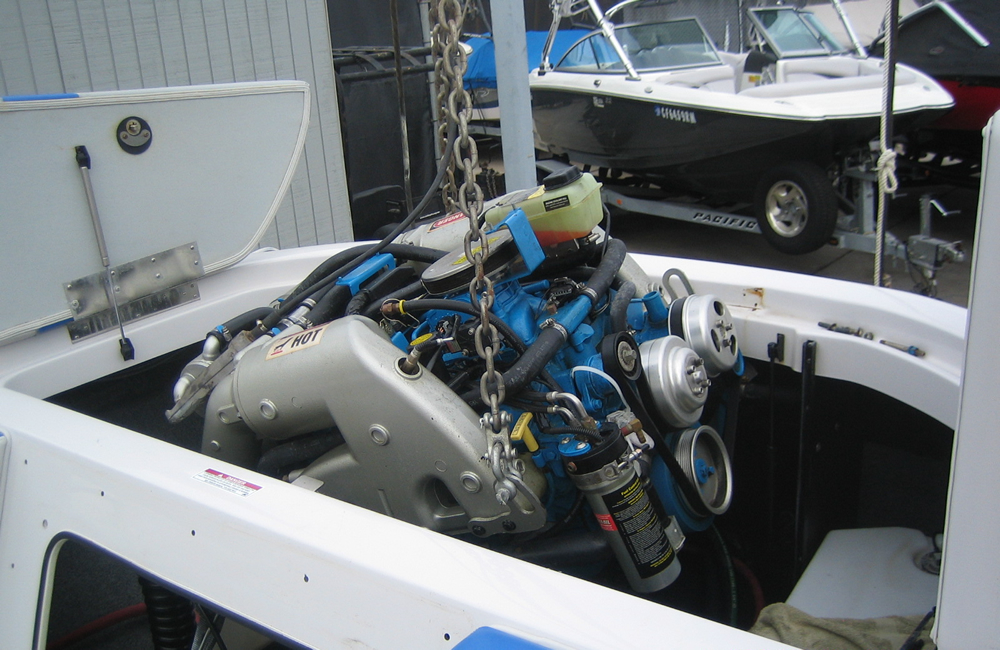
Addressing Corrosion and Damage
Identifying Corrosion
Corrosion is a common issue that affects inboard boats, due to their constant exposure to water and marine elements. It is important to regularly inspect your boat for signs of corrosion, such as rust, pitting, or discoloration on metal components. Marine growth, such as barnacles or algae, can also exacerbate the issue by accelerating the rate of corrosion on the hull and other components.
Repairing or Replacing Deteriorated Engine
A deteriorated engine is detrimental to an inboard boat's performance and longevity. Regularly checking and maintaining your boat's engine is crucial in preventing serious damage. If you find corroded or damaged parts, you should repair or replace them as soon as possible. In addition to replacing visibly damaged components, be sure to change the oil every 100 hours and perform routine tune-ups according to your engine manufacturer's recommendations.
Managing Hull Zincs
Hull zincs, or sacrificial anodes, play an essential role in protecting the boat's metal components from galvanic corrosion. Regularly inspecting and replacing corroded hull zincs is an important part of inboard boat maintenance. Failing to address the damage to hull zincs in time can result in irreversible damage to the boat's structure and components. You should replace hull zincs annually or when they have corroded to around 50% of their original size.
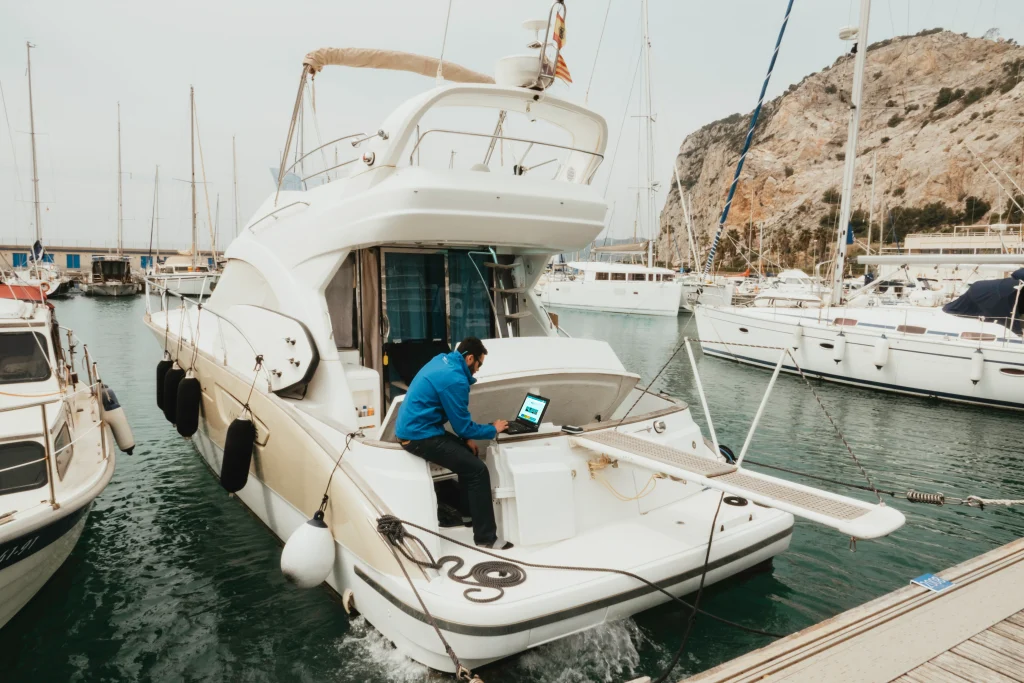
Winterization of Your Inboard Boat
Winterization is a crucial part of inboard boat maintenance, ensuring the vessel's longevity and preventing damage during colder months. Proper winterization techniques will help avoid costly repairs and keep the boat in top shape for the next boating season.
One essential aspect of winterizing an inboard boat is protecting the engine, which is susceptible to freezing temperatures. It is recommended to flush the cooling system with fresh water to remove debris and salt. Next, drain the water from the engine block, exhaust manifolds, and hoses to prevent freezing. After draining, fill the cooling system with a non-toxic antifreeze to protect engine components from corrosion.
Fuel treatment is another vital step for winterizing an inboard boat. Add a fuel stabilizer to prevent fuel from breaking down over time, which can cause engine problems. It is also essential to fill the fuel tank nearly full to minimize condensation and avoid water buildup.
Taking care of the battery is crucial during winter storage. It's best to remove the battery from the boat and store it in a cool, dry place. Ensure it's fully charged, and check the battery charge periodically throughout the winter months.
Along with engine and fuel treatments, you should pay attention to the boat's water systems and sanitation. Drain and flush the water heater, pumps, and holding tanks, then fill them with non-toxic antifreeze to prevent freezing and possible damage.
In addition to these maintenance tasks, proper storage of your inboard boat during the winter is essential. If possible, store the boat indoors to protect it from the elements. However, if indoor storage is not an option, invest in a high-quality cover specifically designed for your boat model. This cover will protect your boat from snow, ice, and rain, as well as minimize damage from exposure to UV light.
Remember, taking the time to properly winterize your inboard boat will help ensure its longevity and maintain its performance throughout the boating season.
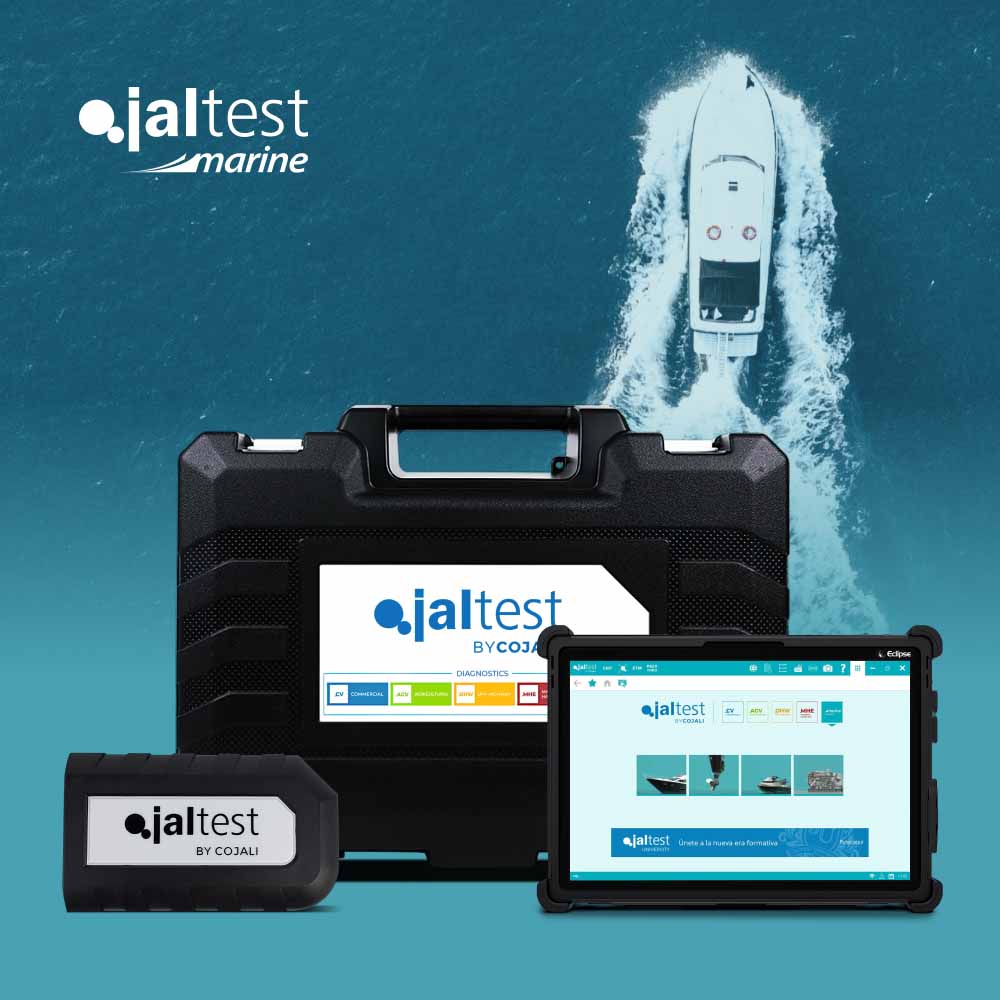
Increasing Performance and Efficiency
Inboard boats are known for their power and performance, making them a popular choice for watersport enthusiasts. To keep them at their peak, there are several maintenance tasks that should be performed regularly. These tasks not only ensure the boat's performance but also improve fuel efficiency and contribute to the boat's overall longevity.
One crucial aspect of inboard boat maintenance is changing the engine oil and checking fluid levels. By maintaining proper fluid levels, the boat's engine will run smoothly and help prevent unwanted damage. Furthermore, it will enable the boat to conserve fuel and provide a better wake for water sports activities.
Another essential factor to consider is the boat's propeller. Regularly inspecting the propeller for dents, damages, and marine growth is important. A damaged propeller can negatively affect the boat's performance and fuel efficiency. Cleaning and repairing or replacing the propeller as needed will allow the boat to perform optimally and maintain a consistent wake.

Additionally, proper hull maintenance is vital for both performance and fuel efficiency. Cleaning the hull regularly, removing marine growth, and ensuring it is free of damage or corrosion will help the boat glide through the water with minimal resistance. This reduces stress on the engine and contributes to improved fuel efficiency.
A well-maintained steering system is another key component of an inboard boat's performance. Inspecting steering cables, lubricating moving parts, and ensuring the boat's alignment is correct will help maintain precise control and responsiveness. This can directly impact the boat's performance during water sports activities and overall handling.
Finally, keeping the boat's fuel system clean and free of debris is essential. This includes checking fuel filters, fuel lines, and fuel injectors for any signs of wear, corrosion, or blockage. A clean fuel system enables the engine to run efficiently, further contributing to the boat's performance and fuel efficiency.
By carrying out these recommended maintenance tasks, inboard boat owners can maintain high-performance levels, enjoy a consistent wake for watersports, and achieve better fuel efficiency. Regular care and upkeep will ultimately result in a longer-lasting and more enjoyable boating experience.
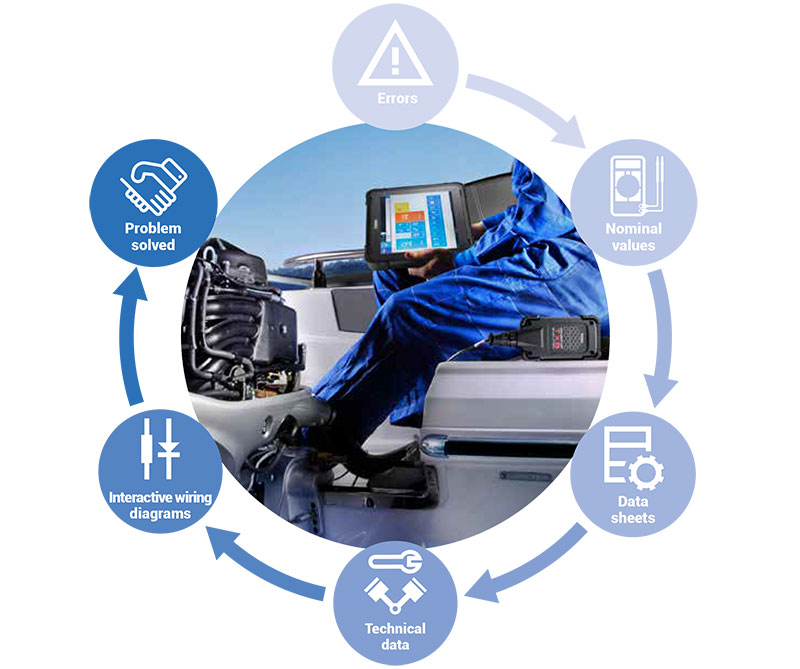
Preventative Measures and Timely Repairs
Proper maintenance and timely repairs play a vital role in preserving the performance and longevity of an inboard boat. By taking preventative measures and addressing issues early on, boat owners can avoid costly repairs and prevent damage in the long run.
Regularly cleaning the exterior of an inboard boat, for example, helps minimize the risk of spreading invasive species and maintains the boat's appearance. Furthermore, it is crucial to flush the engine with a proper cleaning fluid to remove any accumulated saltwater, sand, and debris. This step ensures that the engine doesn't corrode and retains its optimum performance level 1.
Scheduled inspections and servicing are also essential to keep the boat running smoothly. Boat owners should check the fuel system, oil levels, and water pump operation at regular intervals. Additionally, inspecting the bilge pumps, hoses, and electrical wiring helps in identifying and rectifying any potential issues before they become costly repairs 2.
One of the most critical aspects of inboard boat maintenance is the proper care of the engine itself. Ensuring that the oil and filters are changed as per the manufacturer's recommendations will go a long way in maintaining the engine's performance and lifespan. It is also necessary to inspect the cooling system and replace any worn-out parts 3.
By following these preventative measures and addressing any minor issues promptly, boat owners can enjoy smooth sailing and prevent the need for extensive and expensive repairs. Proper maintenance not only extends the life of an inboard boat but also enhances the overall boating experience.

Frequently Asked Questions
What are the essential steps for inboard boat engine maintenance?
Regular inboard boat engine maintenance involves inspecting and changing engine oil, checking and replacing spark plugs, and ensuring proper lubrication. It is also essential to keep the engine clean and free of debris, inspect the engine mounts and belts, and maintain the engine's cooling and exhaust systems.
How can one ensure proper maintenance of the boat's fuel system?
Ensuring proper maintenance of the boat's fuel system requires checking fuel lines for damage, such as cracking, hard hoses, or very soft hoses. Inspect the fuel hoses, connections, and tank surfaces, and ensure clamps and fittings are secured. It's also crucial to schedule regular engine tune-ups and to use fuel treatments to prevent deposits from forming in the fuel system.
What is the importance of checking and maintaining the cooling system?
A boat's cooling system plays a crucial role in maintaining optimal engine performance and preventing overheating. Regularly checking and maintaining the cooling system ensures efficient heat dissipation, reducing the risk of engine damage. This involves inspecting the heat exchanger, impeller, and thermostat, and performing cooling system flushes as needed.
How often should you inspect and replace the boat's belts and hoses?
Inspecting and replacing the boat's belts and hoses is vital for ensuring proper engine function. It is recommended to inspect belts and hoses at least once a season or every 100 hours of operation. Damaged or worn belts and hoses should be replaced immediately to prevent engine failure or other issues.

What is the procedure for maintaining the boat's electrical system?
Maintaining a boat's electrical system requires regular inspection of all wiring, terminations, and connections for signs of wear, corrosion, or damage. Ensure batteries are in good condition, properly charged, and secured. Test and clean electrical contacts, replace faulty components, and consider installing a marine-rated battery charger to maintain optimal battery life.
Which routine maintenance tasks should be performed on a boat's steering system?
For optimal performance and safety, it's essential to regularly maintain a boat's steering system. This includes inspecting and greasing all moving parts, checking hydraulic fluid levels, and examining the steering cable for signs of wear or fraying. Additionally, tighten any loose connections and keep a watchful eye for any changes in steering responsiveness during operation.
Footnotes
- https://www.windrider.us/recommended-maintenance-for-an-inboard-boat/ ↩
- https://boatus.org/study-guide/boat/maintenance/ ↩
- https://boatingbuddy.com/what-is-recommended-maintenance-for-an-inboard-boat/ ↩
Charlie is Editor-in-Chief of Sea Magazine